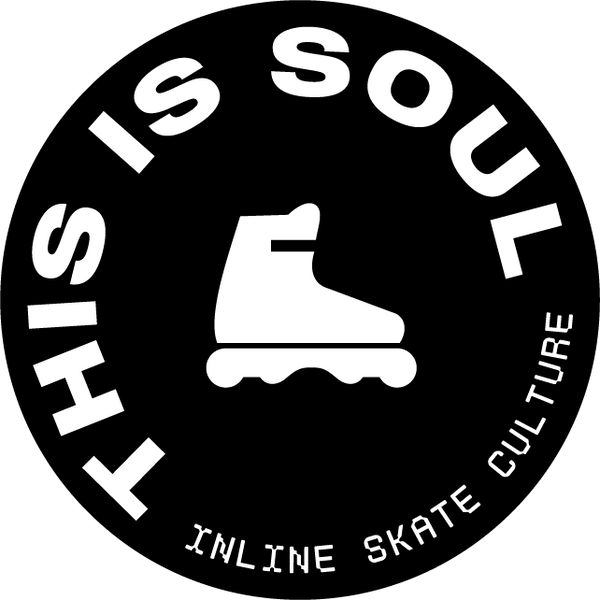Everything about shock absorbers
Short answer:
Shock absorbers reduce impact, with soft ones for jumps and hard ones for control.
Understanding shock absorbers
Shock absorbers play a crucial role in your inline skate setup. They cushion your feet from impacts, especially during jumps and rough landings. This can greatly improve both comfort and performance. In this guide, we’ll cover everything you need to know about them: what they do, how to choose the right one, and how they affect your skating experience.
What are shock absorbers?
Shock absorbers are usually placed inside or underneath the liner of your skate. They cushion your heels, reducing the impact from landings or jumps. Skates with a raised heel typically include them to balance your foot positioning. In contrast, flat-bottom skates may have thicker shock absorbers to achieve the same balance.
Different shock absorbers vary in thickness and width. Some are designed to go inside the liner, while others fit underneath it. Choosing the right size is essential to ensure the shock absorber fits well in your skate. You can try out different options in our store or get detailed specs on our website to make sure you’re buying the right one.
For more insights on how shock absorbers work with different skate components, check out our guide on frame materials and how they influence your skating experience.
Thickness and placement: Finding the right fit
Shock absorbers come in various thicknesses, which affect your foot’s positioning in the skate. Thicker ones provide more cushioning but can raise your heel higher, affecting your balance and control. Thinner ones offer less padding but keep your foot closer to the ground for better control.
For example, hard boots usually require wider shock absorbers that sit underneath the liner, while soft boots may only need a thinner one inside the liner. Some skaters even experiment with using two of them stacked together to adjust the height.
Hard vs. soft shock absorbers: Which is better?
The hardness of a shock absorber greatly influences your skating experience. Softer ones, with a low durometer rating, are great for absorbing heavy impacts, like landing after a big jump. If you frequently jump or skate in areas with rough terrain, a softer one can help protect your feet from harsh impacts.
On the other hand, harder shock absorbers offer more direct energy transfer. This means that your movements are more responsive, as the skate absorbs less energy. If you prioritize control and precision in your skating, a harder one will provide a more connected feel between your foot and the skate. For example, the Superfeet shock absorber is known for its firmness, making it ideal for skaters who want maximum control.
Real-life example: Testing different shock absorbers
We tested several shock absorbers with Eric, a regular skater who was looking to improve his setup. He tried three different ones with varying hardness levels. The softer one provided excellent impact protection but made his skates feel too flexible, reducing control during certain tricks. The harder shock absorbers gave him better stability, especially during slides and turns, as they allowed for more precise foot movements.
For jumping, softer shock absorbers absorbed the impact better, protecting his heels. However, when it came to sliding, the harder shock absorbers offered better stability and control by reducing unwanted movement in his heels. This is why choosing the right shock absorber depends on your skating style and the types of tricks you perform most often.
Final Tips: Measuring and modifying shock absorbers
When selecting a shock absorber, consider the thickness, hardness, and size to ensure a good fit in your skate. In our store, we provide detailed measurements for different shock absorbers, making it easier to find one that fits your setup. Additionally, some skaters may need to modify their shock absorbers slightly to fit older skate models like the Solomon skates, which are no longer in production.
For those interested in modifying their shock absorbers, we also provide guides on our website. For example, you can learn how to shave off the extra material on a Razors SL shock absorber to make it fit perfectly in a Solomon skate.
Conclusion: Find Your perfect shock absorber
Choosing the right shock absorber is key to improving your comfort, control, and overall skating experience. Whether you prefer a softer option for cushioning or a harder one for more precision, we have a wide range of shock absorbers available. Visit our store in Amsterdam or check out our webshop at Thisissoul.com to explore your options.
If you have any questions, feel free to reach out to us via WhatsApp, email, or social media. We make new videos like this every week, so consider subscribing to our YouTube channel for more tips and guides on improving your inline skating setup.
For more insights on optimizing your skate setup, check out our detailed guide on wheel compounds and learn about the importance of frame materials in your skating experience.
